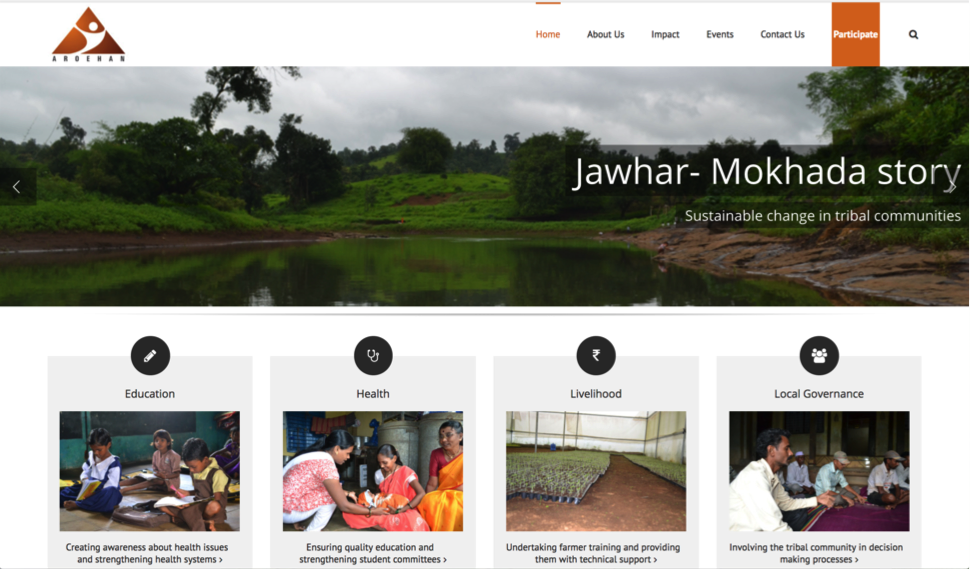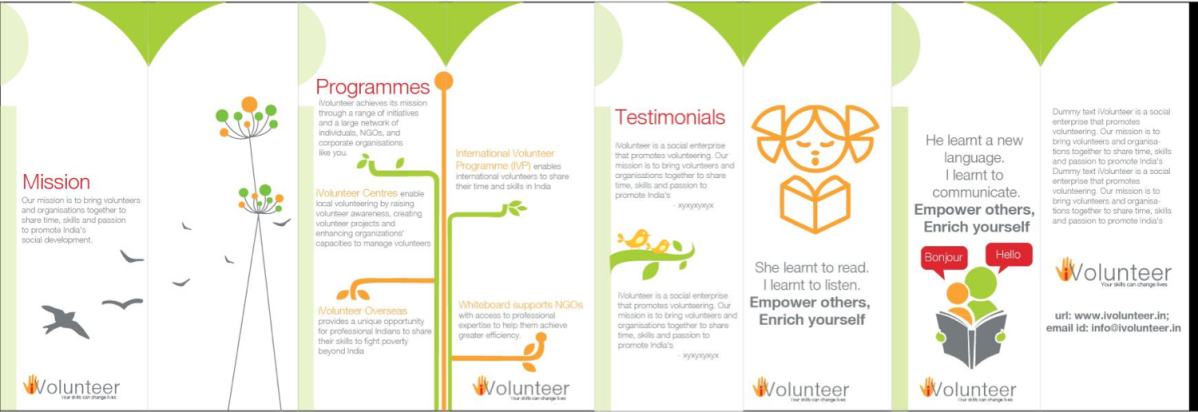Day 3

Today, I made my way to the village of Chas, where Aroehan, the NGO I was volunteering with, faced a unique challenge–the men were just not interested in working towards the development of the village.
It was the women who took the initiative to bring water into the village.
In these parts, the procurement of water for household purposes is solely the responsibility of women. The women of Chas spent most of their day filling 3-4 matkas (pots) that were used sparingly through the day. In the summer months, the river invariably dried up, which meant they had to go even further to find water.
It is the silent strength of such women that is slowly turning the wheels of change in these villages.
The group of women before me tells me about how last year, six or seven women convinced the rest of the village’s 60-odd women to contribute their labour, and work with Aroehan to construct a rainwater harvesting bund that would ensure that the water supply lasts through the year.
Seeing the efforts of the women and the benefits it could bring their village, the men joined in as well. After three months of backbreaking work, the river bund was finally ready.

The women tell us how their lives have become easier as they spend less time searching for water for their families. They tell us how they’ve changed since they decided to take charge – they are more confident and can speak up for what they want. Now that they see the quantity of water that still remains as the summer months approach, they dream of using it to water their fields where they can learn to grow vegetables and sell them for a profit in the market as they’ve seen in the other villages Aroehan has worked with.

I am struck by the courage, confidence and determination of these women. I see this in so many of the women here–in Madhvi who is working with Aroehan into the eighth month of her pregnancy, in Madhuri and Vaishali who take their toddlers with them as they continue to conduct their village interventions, in Shraddha as she tirelessly works to motivate her team and keep the work going to create lasting change in the lives of so many villagers.
It is the silent strength of such women that is slowly turning the wheels of change in these villages.
Day 4
I’ve eased into a comfortable routine at Shraddha’s house in Jawhar. The house is always buzzing with people but in the quiet early mornings, sunrise can be seen from the bed, with coffee and bucket baths to follow. Soon enough, the Aroehan staff pours into the house, making plans for the day and setting off in different directions, to different villages.
Seeing the efforts of the women and the benefits it could bring their village, the men joined in as well.
Shirasgaon, one of Aroehan’s first interventions, is a village that has benefitted from health and education interventions over the years. The hour-long drive on bumpy, narrow and unpaved roads makes you wonder how resources ever reach places like these.

The meeting today is on the construction site of a bund on the river bank where all the villagers are donating their labour. This bund is being built by Aroehan to harness the water supply and bring the water to their fields for irrigation purposes.
Another bund, a few metres away from the construction site, was been built a few years ago by the government but is in a state of complete disrepair and the villagers say it stores less than 2 feet of water! It seems that the government builds bunds without the provision of vents that would allow the soil eroding from the surrounding hills to pass through it. Soon enough, the soil starts collecting below and with no one to clean it out, the water level lessens with each passing year until the bund is defunct. Dozens of such ill-conceived bunds have been constructed through the region.
At Aroehan a team of engineers from IIT Mumbai are consulted every time a rainwater harvesting structure is to be installed. Keeping in mind geographical and community needs, a solution is designed to fit the identified problem.
Our discussions waver between idealism and practicality, disillusionment and inspiration, confusion and moments of clarity-much like my own life these days.
The inhabitants of Shirasgaon are excited to finally have a functional bund close to their village and share that they already have plans to expand their vegetable cultivation so that they can profit from it.

The village is a united one and you can see that their thinking has grown since their association with Aroehan. They talk of how health was once a low priority–infant and maternal mortality rates were high because of malnutrition and children were always falling sick. Today, the malnutrition numbers have reduced significantly. A woman tells us about how educating her daughters was never a priority. Today, thanks to increased awareness, she believes girls must be educated so that they can at least have practical knowledge such as being able to read bus numbers. This might seem like a small shift to us, but is a huge change in mindsets for communities like these.
The dynamics of villages like Shirasgaon are complex and require complex but well thought of solutions. Over endless cups of sweet milky tea we talk of the current challenges and possible solutions for a better future. Our discussions waver between idealism and practicality, disillusionment and inspiration, confusion and moments of clarity-much like my own life these days.
—
Aroehan was created as a project of the Nirmala Niketan Institute of Social Work in Mumbai, to address the issue of malnutrition in the Mokhada district in 2006. Having done an assessment of the needs of the community, the project realized the importance of an integrated approach to development and has over the past ten years worked on bringing education, health, governance and sustainable livelihood opportunities to farmers across Mokhada and Jawhar districts.
Namrata Tanna is a former television journalist who switched over to the social sector to use her journalism skills to create social impact. She has worked with several Mumbai-based non-profits through the initiative co-founded by her–Creatives against Poverty–and currently works with Concern India Foundation.
























